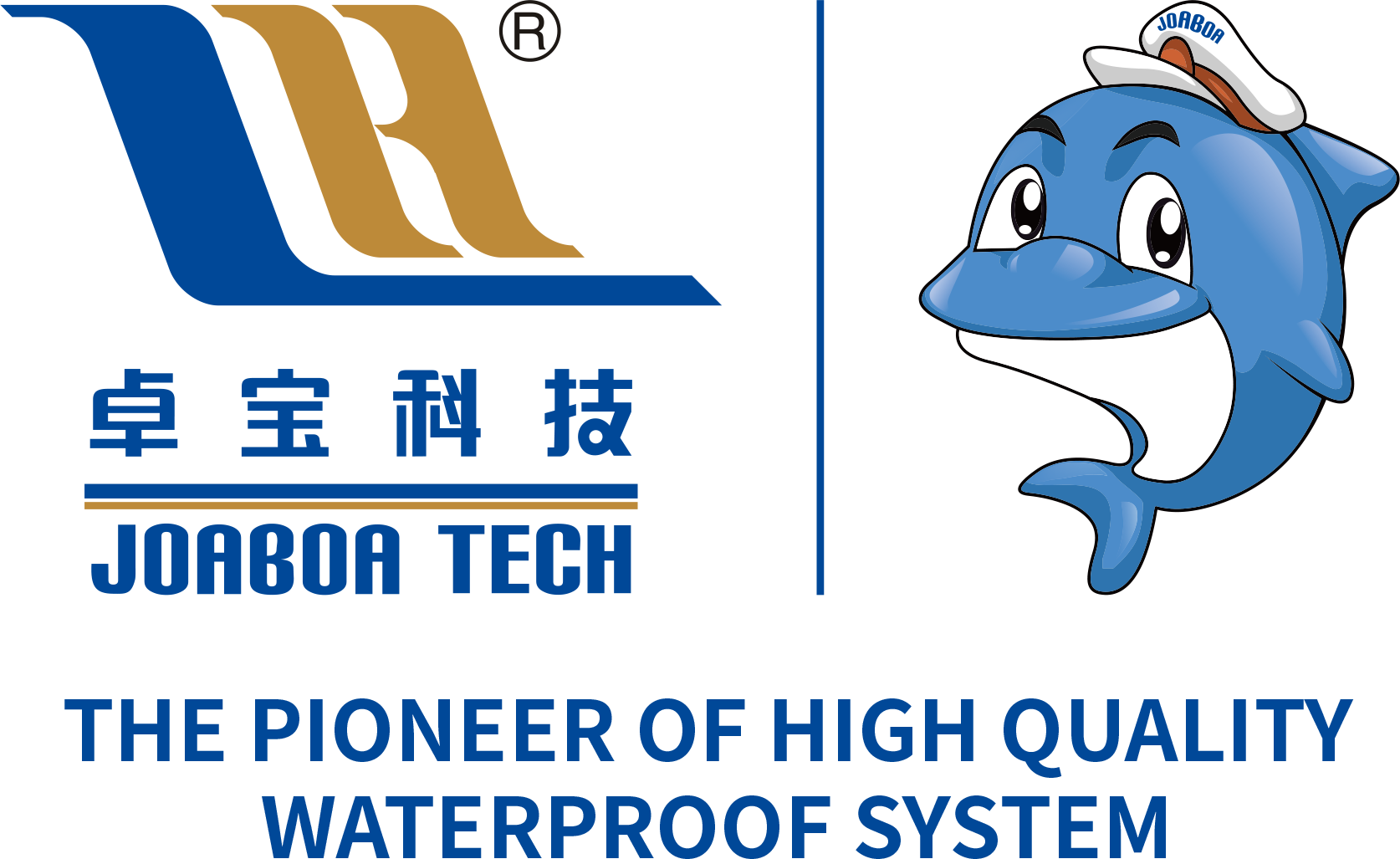Plastomeric Waterproofing: Innovative Solutions for Long-lasting Structure Protection
2025-07-27 10:40
Plastomeric Waterproofing: Solutions for Long-lasting Structure Protection
Table of Contents
- 1. Introduction to Plastomeric Waterproofing
- 2. What is Plastomeric Waterproofing?
- 3. Advantages of Plastomeric Waterproofing Solutions
- 4. Types of Plastomeric Waterproofing Systems
- 5. Application Techniques for Optimal Performance
- 6. Maintenance of Plastomeric Waterproofing Systems
- 7. Common Issues and How to Solve Them
- 8. Frequently Asked Questions About Plastomeric Waterproofing
- 9. Conclusion
1. Introduction to Plastomeric Waterproofing
Plastomeric waterproofing is an innovative solution designed to protect structures from water intrusion and damage. With the ever-increasing demand for durable construction materials, plastomeric systems have gained popularity due to their exceptional properties and performance. This article delves into the intricacies of plastomeric waterproofing, exploring its benefits, types, applications, and maintenance strategies to ensure long-lasting protection for your structures.
2. What is Plastomeric Waterproofing?
Plastomeric waterproofing refers to a category of waterproofing membranes made from thermoplastic elastomers. These materials exhibit both rubber-like flexibility and plastic-like durability, making them ideal for various construction applications. The most common types of plastomeric membranes include modified bitumen and thermoplastic polyolefin (TPO).
These membranes provide a robust barrier against moisture, UV radiation, and temperature fluctuations, ensuring that buildings maintain their structural integrity over time. The flexibility of plastomeric materials allows them to conform to the substrate, filling gaps and providing seamless protection against water penetration.
3. Advantages of Plastomeric Waterproofing Solutions
Plastomeric waterproofing systems offer various advantages that make them a preferred choice among builders and architects. Here are some key benefits:
3.1 Exceptional Durability
Plastomeric membranes are engineered to withstand harsh weather conditions, making them resilient against foot traffic, hail, and other environmental stresses. Their durability contributes to a longer lifespan for structures, ultimately reducing repair and replacement costs.
3.2 Superior Flexibility
The flexibility of plastomeric materials enables them to expand and contract with temperature changes without cracking or losing adhesion. This feature is particularly beneficial for regions experiencing significant temperature fluctuations.
3.3 Effective Moisture Resistance
Plastomeric waterproofing provides excellent resistance to moisture intrusion, safeguarding your property from leaks and water damage. This protection is crucial for maintaining the integrity of both commercial and residential structures.
3.4 UV Resistance
Plastomeric membranes are designed to resist UV radiation, which can degrade other materials over time. This resistance reduces the risk of deterioration, ensuring that the waterproofing remains effective for years.
3.5 Environmentally Friendly Options
Many plastomeric waterproofing products are manufactured with environmentally friendly materials, making them a sustainable choice for eco-conscious builders. These products often have a lower environmental impact compared to traditional waterproofing solutions.
4. Types of Plastomeric Waterproofing Systems
Understanding the different types of plastomeric waterproofing systems is essential for selecting the right solution for your project. Here are the most common types:
4.1 Modified Bitumen Membranes
Modified bitumen membranes are made by blending asphalt with polymers, creating a flexible and durable waterproofing solution. These membranes are available in two primary application methods: torch-applied and cold adhesive.
4.2 Thermoplastic Polyolefin (TPO) Membranes
TPO membranes are single-ply roofing systems made from a blend of polypropylene and ethylene-propylene rubber. TPO is known for its energy efficiency and reflects sunlight, helping to reduce cooling costs.
4.3 Ethylene Propylene Diene Monomer (EPDM) Membranes
EPDM is a synthetic rubber membrane that offers excellent elasticity and durability. It is particularly popular for low-slope roofs and provides long-lasting waterproofing protection.
4.4 PVC Membranes
Polyvinyl Chloride (PVC) membranes are another type of single-ply roofing system. They are lightweight and offer high resistance to chemicals, making them suitable for a variety of applications.
5. Application Techniques for Optimal Performance
Proper application is crucial for the effectiveness of plastomeric waterproofing systems. Here are some best practices to ensure optimal performance:
5.1 Surface Preparation
Before installing a plastomeric membrane, it is essential to thoroughly clean and prepare the substrate. Any debris, dirt, or moisture should be removed to ensure maximum adhesion.
5.2 Installation Methods
The installation method can vary based on the type of membrane used. For torch-applied systems, a heat source is used to melt the asphalt and bond it to the substrate. Cold adhesive methods rely on adhesives to secure the membrane.
5.3 Detailing and Flashing
Proper detailing at seams, penetrations, and edges is critical. Utilizing appropriate flashing techniques will prevent water from pooling in vulnerable areas, reducing the risk of leaks.
5.4 Quality Control
Conducting regular quality control checks during the installation process helps identify potential issues early. This includes inspecting seams, ensuring proper adhesion, and verifying that all components are installed correctly.
6. Maintenance of Plastomeric Waterproofing Systems
Regular maintenance is essential for prolonging the lifespan of plastomeric waterproofing systems. Here are some recommended practices:
6.1 Routine Inspections
Conduct routine inspections of the membrane to identify signs of wear, such as cracks, blisters, or punctures. Early detection can prevent more extensive damage later on.
6.2 Cleaning Debris
Remove debris, leaves, and standing water from the surface of the membrane. This practice helps maintain proper drainage and prevents damage from moisture accumulation.
6.3 Repairing Damage
Address any damage immediately by repairing cracks or blisters. Use compatible repair materials that match the membrane type to ensure a proper seal.
6.4 Documenting Maintenance
Keeping a maintenance log can provide valuable insights into the performance of the waterproofing system. Document inspections, repairs, and any significant weather events that could impact the membrane's integrity.
7. Common Issues and How to Solve Them
Despite their durability, plastomeric waterproofing systems can encounter issues. Here are some common problems and solutions:
7.1 Punctures and Tears
Punctures and tears can occur due to foot traffic or sharp objects. To repair, clean the area and apply a suitable patching material compatible with the membrane.
7.2 Blistering
Blisters can form when trapped moisture vaporizes beneath the membrane. To address this issue, puncture the blister to release trapped air and moisture, then apply a patch.
7.3 Poor Adhesion
If a membrane fails to adhere properly, it may be due to inadequate surface preparation. Ensure proper cleaning and priming of the substrate before reinstalling the membrane.
7.4 UV Damage
Over time, UV exposure can degrade some waterproofing membranes. If this occurs, consider applying a protective topcoat or replacing the membrane as needed.
8. Frequently Asked Questions About Plastomeric Waterproofing
8.1 What is the lifespan of plastomeric waterproofing systems?
Plastomeric waterproofing systems can last 20 years or more with proper installation and maintenance.
8.2 Can plastomeric waterproofing be applied in cold weather?
Yes, however, it is crucial to follow manufacturer guidelines for application temperatures and methods.
8.3 How do I know if my waterproofing system needs repair?
Signs such as leaks, visible wear, or pooling water are indicators that your waterproofing system may need attention.
8.4 Are plastomeric membranes environmentally friendly?
Many plastomeric membranes are manufactured with sustainable practices and can be recycled at the end of their lifespan.
8.5 Can I install plastomeric waterproofing myself?
While some homeowners may attempt DIY installation, it is recommended to hire a professional to ensure proper application and long-term performance.
9. Conclusion
In summary, plastomeric waterproofing solutions provide an effective barrier against moisture and environmental challenges, ensuring the longevity and integrity of structures. By understanding the various types of systems, their advantages, proper application techniques, and maintenance practices, builders and property owners can make informed decisions that protect their investments. Selecting the right plastomeric waterproofing system not only enhances the durability of your structures but also contributes to a sustainable future. Embrace the innovation of plastomeric waterproofing to secure your buildings for years to come.
Related News









